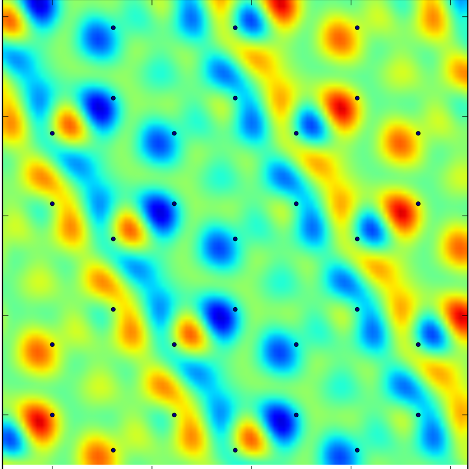
Low-loss spectroscopies, like those measurable with Electron-Energy Loss (EELS) or by non-resonant Inelastic X-ray Scattering (NIXS) are modern techniques to investigate the properties of matters, through the measurement of the inverse dielectric function $\varepsilon^{-1}(\mathbf{q},\omega) $. The inverse dielectric function is the main result of a linear response calculation that can be carried out using Time Dependent Density Functional Theory (TDDFT) or in the many-body framework, via the Bethe-Salpeter Equation (BSE). In particular the latter, permits one to explicitely consider the excitonic effects, that can have a very important effects on semi-conductors, insulators and in general in low-dimensional systems (see the research line on excitons).  One of the main features measurable by EELS or IXS are plasmons, collective excitations that can be understood in terms of classical electronic charge fluctuations. The Drude theory, for instance, gives already a very good estimate of the plasmon energy of a metal, in spite of being a completely classical approach (interestingly Sommerfeld later re-derived the plasma oscillation formula using the correct Fermi-Dirac distribution and quantum theory, to find exactly the same Drude formula). Plasmons, and in general the loss function, are related to the imaginary part of the inverse dielectric function. Goal of the group is to develop methods, approximations and numerical implementations in ab initio codes to analyse and predict scattering spectroscopy. Links with high-quality experiment are today possible, thanks to the high spatial and energy resolution of STEM electron microscope, or to the high momentum-energy resolution of the new generation synchrotron sources (ESRF, SOLEIL, etc.)
One of the main features measurable by EELS or IXS are plasmons, collective excitations that can be understood in terms of classical electronic charge fluctuations. The Drude theory, for instance, gives already a very good estimate of the plasmon energy of a metal, in spite of being a completely classical approach (interestingly Sommerfeld later re-derived the plasma oscillation formula using the correct Fermi-Dirac distribution and quantum theory, to find exactly the same Drude formula). Plasmons, and in general the loss function, are related to the imaginary part of the inverse dielectric function. Goal of the group is to develop methods, approximations and numerical implementations in ab initio codes to analyse and predict scattering spectroscopy. Links with high-quality experiment are today possible, thanks to the high spatial and energy resolution of STEM electron microscope, or to the high momentum-energy resolution of the new generation synchrotron sources (ESRF, SOLEIL, etc.)
